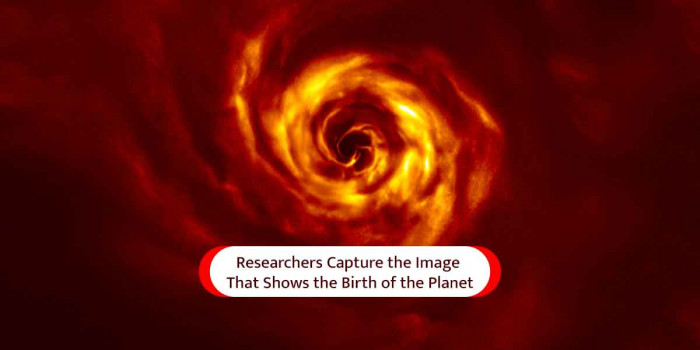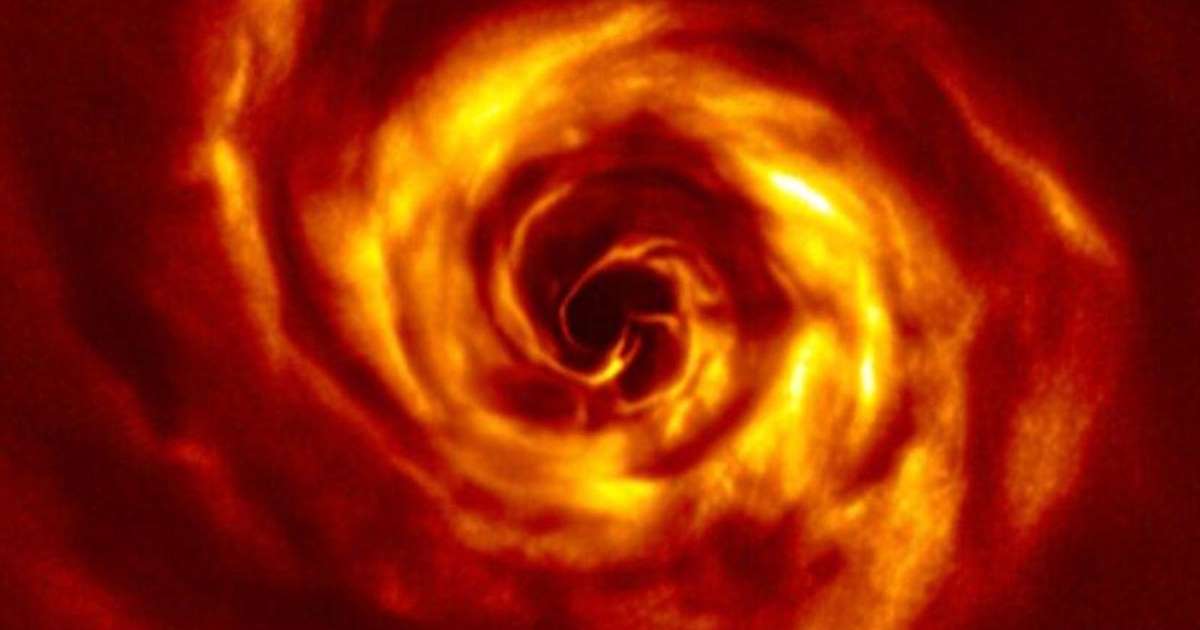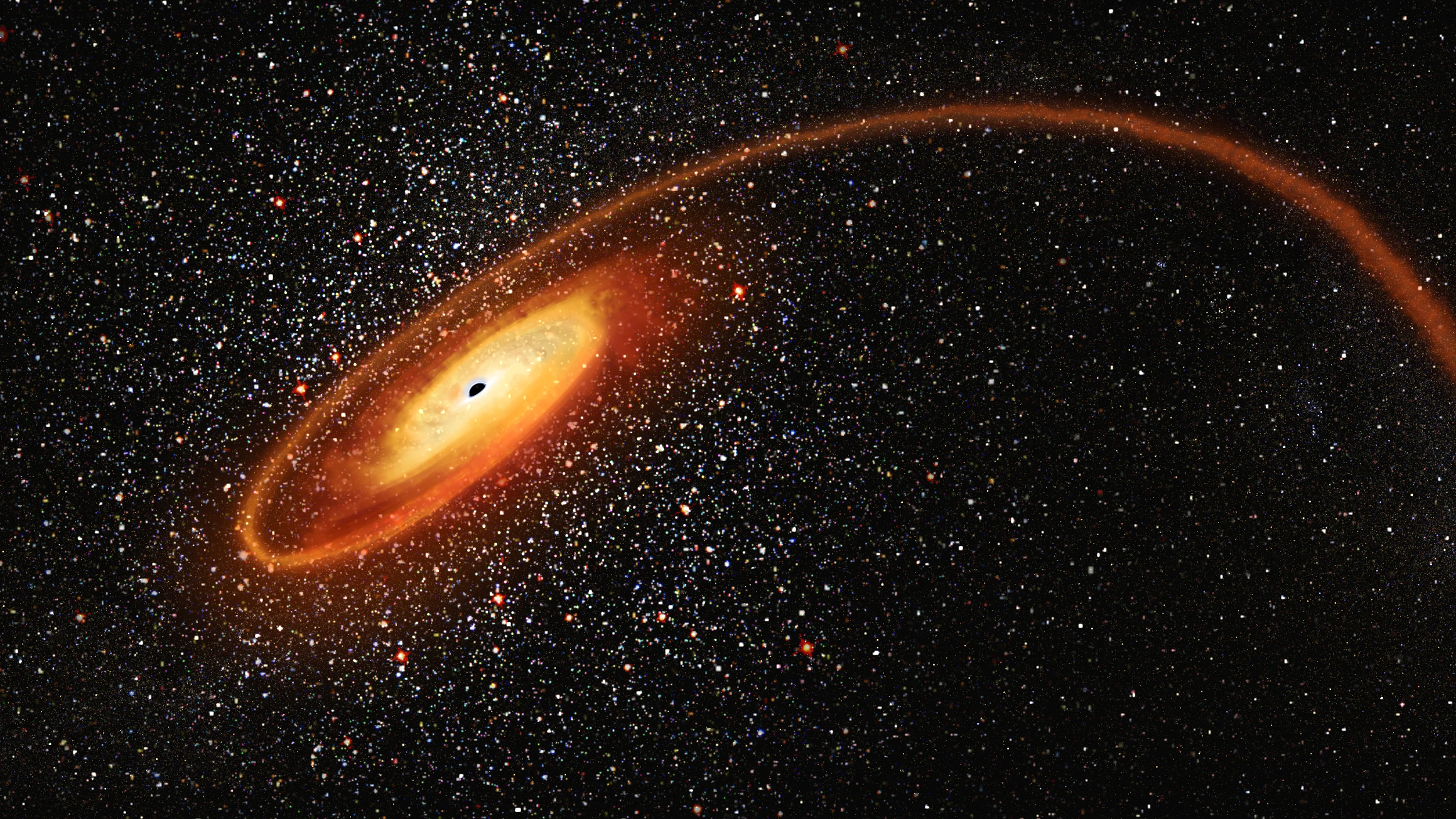New Discovery! This Intriguing Picture Shows the Birth of a Planet
Researchers, for the first time, have noticed something unique in the sky. They have observed the birth of the planet.

Have you ever wondered- how do scientists and researchers work in detail in proving a particular theory or occurrence? Sometimes it takes over 30 years of research to come to a final point.
Recent research at the European Southern Observatory’s Very Large Telescope in Chile captured the birth of the planet for the first time. The picture shows the thick layer of dust and gas around a young star named AB Aurigae.
It also shows the rose-like spirals that are the sign of the birth of the baby planet. It indicates how the young objects disrupt the gas and cause waves as if it were a boat on a lake.
520 Light Years Away from the Earth, a Baby Planet is Born

The yellow region near the spiral center is at the same distance from the star as Neptune is from the sun.
The study co-author, Anne Dutrey of the Astrophysics Laboratory of Bordeaux (LAB) in France, explained-
"The twist is expected from some theoretical models of planet formation."
He added-
“It corresponds to the connection of two spirals—one winding inwards of the planet's orbit, the other expanding outwards—which join at the planet location.”
According to NASA, planets form from grains of dust smaller than the width of a human hair, emerging from expansive, donut-shaped disks of dust and gas usually float around young stars. Gravity and other forces fuse the materials, and then they accumulate and grow like snowballs. The snowballs are transformed into pebbles and then into mile-wide rocks. Years later, you would have a small planet on your hands.
The image captured is the deepest photograph ever taken of the AB Aurigae. Observation of this constellation was made a few years ago, with the Atacama Large Millimeter/submillimeter Array (ALMA). This year, Anthony Boccaletti and a team of astronomers from Taiwan, France, the United States, and Belgium collaborated to click the image of the area by turning the VLT in Chile toward the young star.
European Southern Observatory is amid constructing the Extremely Large Telescope with a 39-meter-wide main mirror. It is the largest of its kind and would provide an intimate glimpse into deep space. By the end of 2025, the new instrument would show dust grains and other small materials from planet bearing discs, which would make clear how planets are born.

Boccaleti said-
"We should be able to see directly and more precisely how the dynamics of the gas contributes to the formation of planets."
Are you excited to see a glimpse of this baby planet into deep space? Have you ever noticed anything amazing like this? If so, share your experience.
Popular Posts
What Is Trypophobia – A Disgust More Than Fear
"I can't really face small, irregularly or asymmetrically placed holes, they make me like, throw up in my mouth, cry a little bi...
Chandan Roy
16 Interesting Facts About Ambidextrous People
A lefty or left-handed uses his left hand more naturally and dominantly than the right hand. And the righty or right-handed is o...
Ethan Stephans
20 Interesting Facts About Meteoroid, Meteor and Meteorite
Watching celestial objects is a true delight. It is still fun to catch a sight of shooting stars when we grow up. A second of th...
Swati Bhandari








